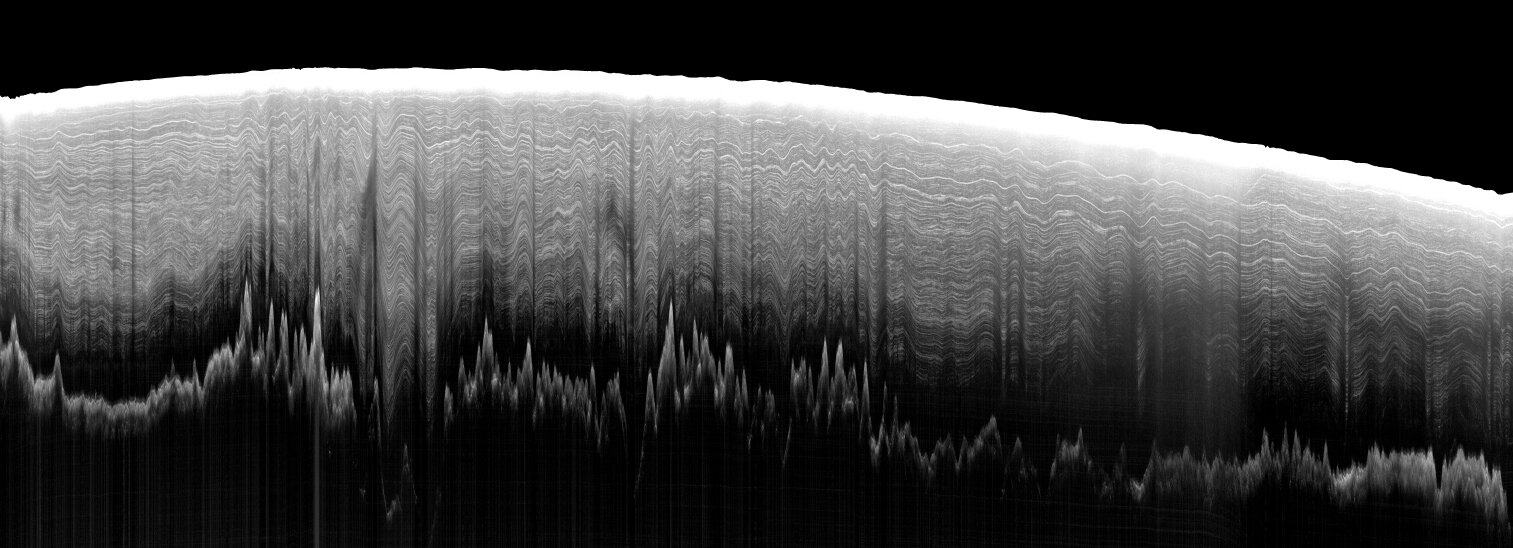
Advancing the Science and Engineering of Ice Penetrating Radar
Exploring the Subsurface of Ice Sheets, Glaciers, and Icy Moons
About Us
The Stanford Radio Glaciology research group is led by Dustin Schroeder and focuses on advancing the scientific and technical foundations of geophysical ice penetrating radar and its use in observing and understanding the interaction of ice and water in the solar system.
We are primarily interested in the subglacial and englacial conditions of rapidly changing ice sheets and their contribution to global sea level rise. A growing secondary focus of our work is the subsurface exploration of icy moons. We also work on the development and application of science-optimized geophysical radar systems.
We approach problems from both an earth systems science and a radar systems engineering perspective. We are actively engaged with the flow of information through each step of the observational science process; from instrument and experiment design, through data processing and analysis, to modeling and inference. This allows us to draw from a multidisciplinary set of tools to test system-scale and process-level hypotheses.
This deliberate integration of science and engineering is a powerful and satisfying way to approach questions in Earth and planetary science.
“Radio Glaciology” or “Radioglaciology”?
We are proud to participate in a tradition of over half a century of radar-based glaciology most commonly referred to as the field of “Radioglaciology”. We call our group Stanford “Radio Glaciology” (with two words) because we think that the easiest way to understand the work we do (as glaciologists who use radio waves) is by analogy to Radio Astronomy (astronomers who use radio waves).





